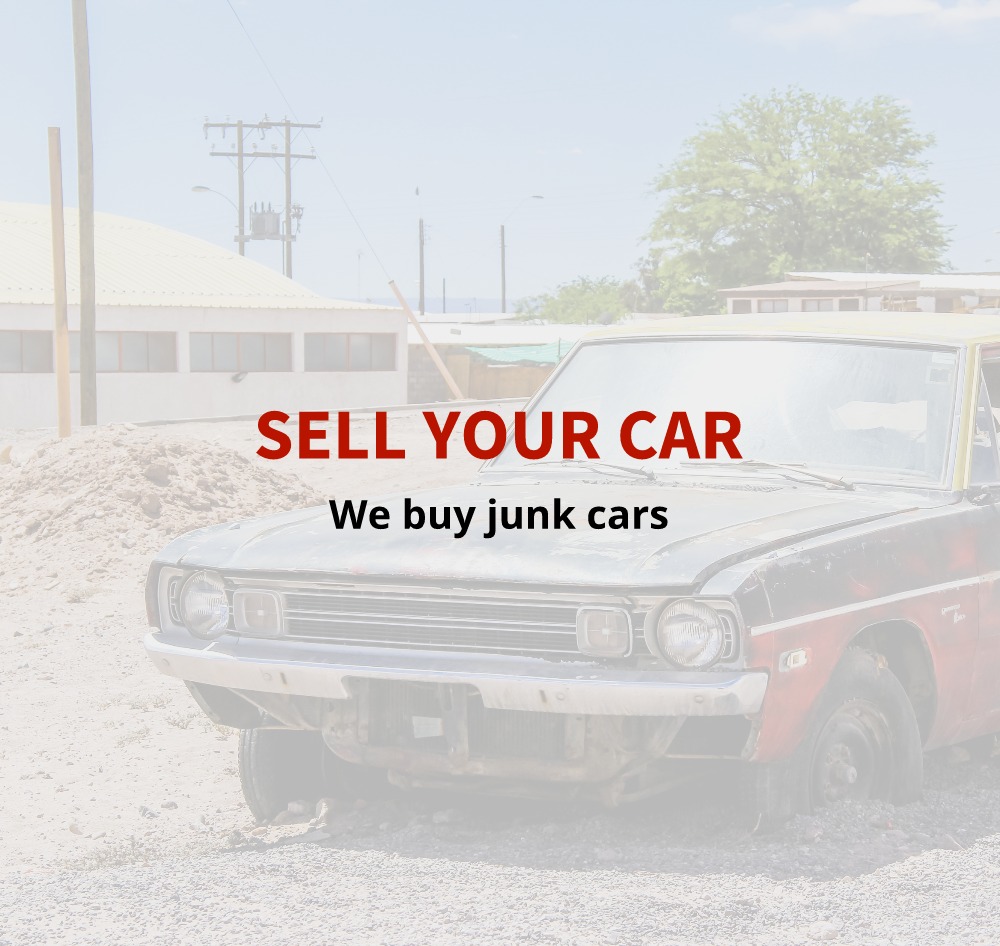Recycling a vehicle consists of removing parts than can be recycled and sending them to an auto recycler. Roughly 75 percent of the average vehicle can be recycled. The rest of the vehicle is considered detritus, and is commonly incinerated or placed in a landfill. The goal of recycling cars, of course, is to keep as much of them out of burn pits and landfills as possible, as both the incineration and burying of non-recyclable materials can harm the environment.
Incinerating Non-Recyclable Material
Incinerating non-recyclable material contributes to carbon pollution through the release of smoke into the environment. Depending on the location of the company that performs the incineration, violating emission caps could pose a problem. For this reason, among others, non-recyclable automotive materials are commonly sent to landfills, where they are buried in the ground forever, or until controlled burns incinerate them in order to make more room in the landfill space.
Burying Non-Recyclable Material
Burying non-recyclable material in landfills — or almost anywhere else for that matter — contributes to soil pollution and water pollution. Consequently, sending non-recyclable materials to landfills causes one problem as it solves another. In the future, recycling a vehicle will likely involve recycling 100 percent of the automobile. Until then, auto recyclers are faced with tough decisions about how to dispose the non-recyclable materials present in automobiles.
Repurposing Non-Recyclable Material
A bright spot in the disposal of non-recyclables is that some of them can be repurposed without being refined. Broken glass and upholstery, for example, can be used to create collages, mosaics, and other types of art work. With some light reprocessing, other materials can be put toward as stuffing for animal bedding, absorbent material for spills, and other uses. Recycling a vehicle in these ways significantly increases the percentage of the automobile that is recycled.
Conclusion
The auto recycling business generates over $20 billion in annual sales, a statistic that demonstrates the dramatic proliferation of auto recycling over the past 20 years. To recycle a salvage vehicle, you can sell it to a junkyard that sells the scrap metal to an auto recycler after the vehicle’s used parts are sold, or sell it straight to an auto recycler. Because junkyards offer competitive prices for salvage vehicles, many drivers opt to sell their vehicles to junkyards.

